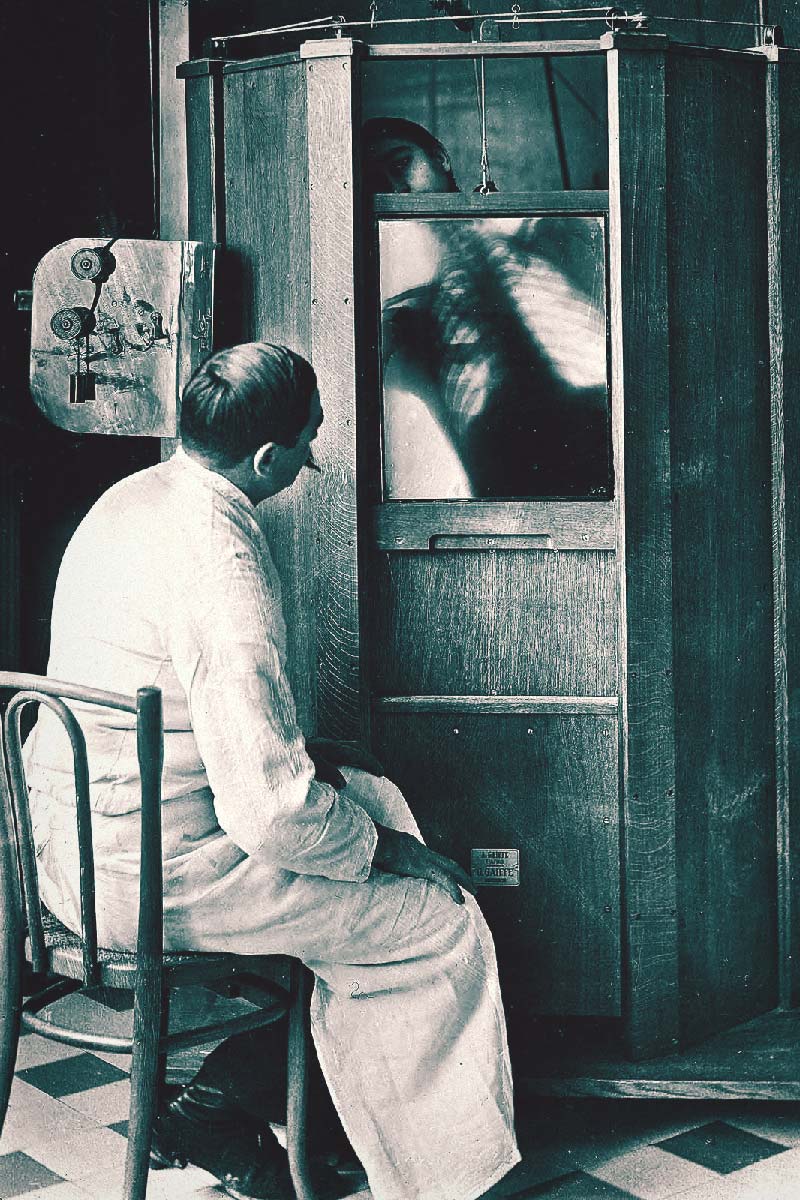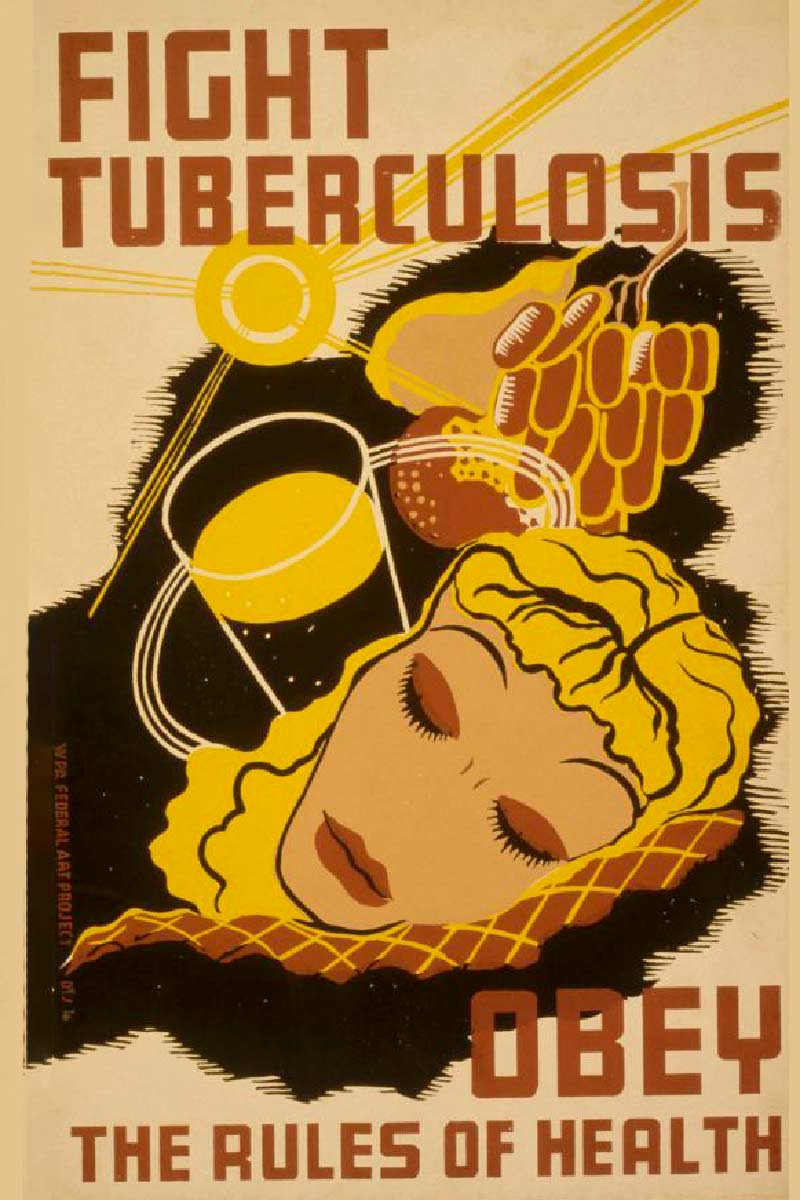The Fresh Air Cure
Just over a century ago, tuberculosis was the leading cause of death in America. Known as consumption at the time, tuberculosis is caused by a bacterium that, when inhaled, can cause weakness, coughing, chest pain, shortness of breath and other life-threatening respiratory symptoms.
Without any vaccine or antibiotic to fight what was called "White Death," the only hope tubercular patients had was to escape the humid stormy climates of the East for the drier, higher and sunnier skies of the West, which Colorado offered in abundance.
Prof. Patricia Scamahorn, Rocky Mountain Utopia
As early as the 1860s, TB sufferers began pouring into Colorado and entire towns sprung up around these sanatoriums or treatment facilities. At one point, tuberculosis killed one in three Colorado residents, compared to the ten percent national average.


Physicians naively believed that fresh air, high altitudes and abundant sunshine were the panaceas of all ailments. They were correct that fresh air does prevent the spread of TB from spreading, but it did not cure the disease. Only antibiotics developed in the 1940s lead to a complete cure.
Health spa resorts were constructed for patients to recuperate, rest and all too often, die.
Prof. Howard Higman, University of Colorado
The Purgatory Springs sanitarium allowed “guests” to relax with special diets, sip mineral water (believed to have curative properties) and listen to live orchestras, enjoy the mountain views from spacious porches and solariums. The more opulent tuberculosis facilities, such as the Purgatory Spring Resort, bred their own elite social scenes and attracted famous patients from all over the world.
The “Hilltop” sanatorium, however, was isolated from town and was established as a charitable society for Jewish victims of the disease. Townspeople often stigmatized the sanatorium and feared contagion from the less affluent patients and “foreigners” of the hilltop. Thus, even the white death was stratified by class and race.


